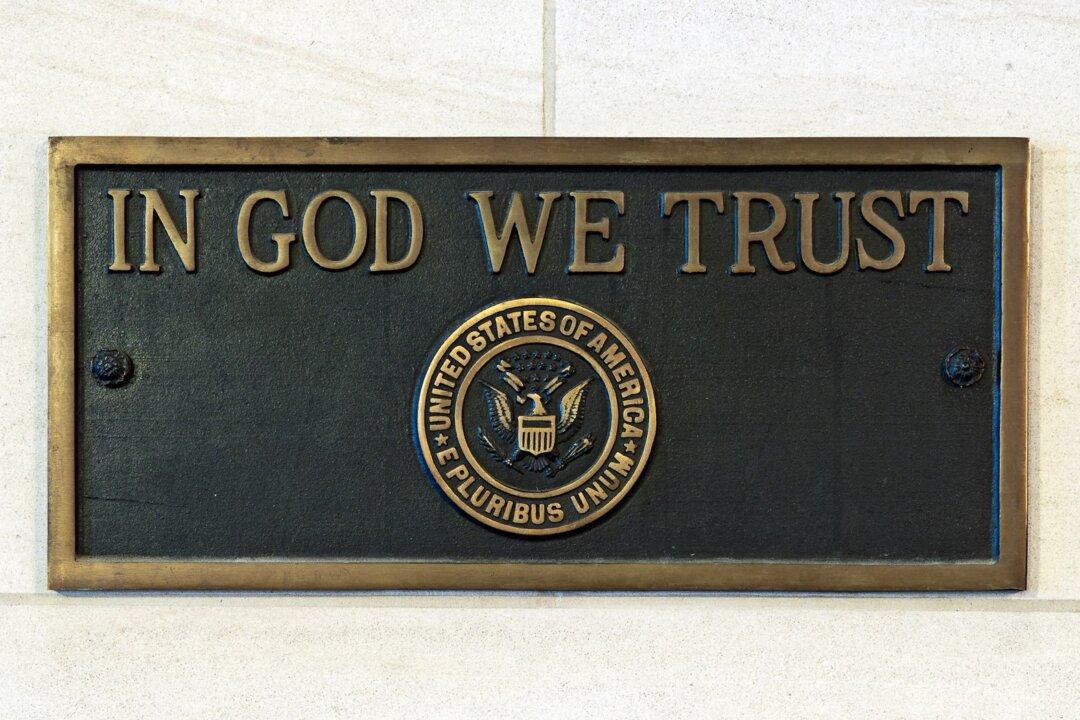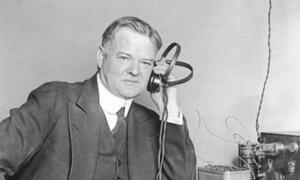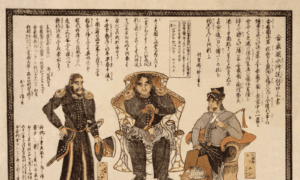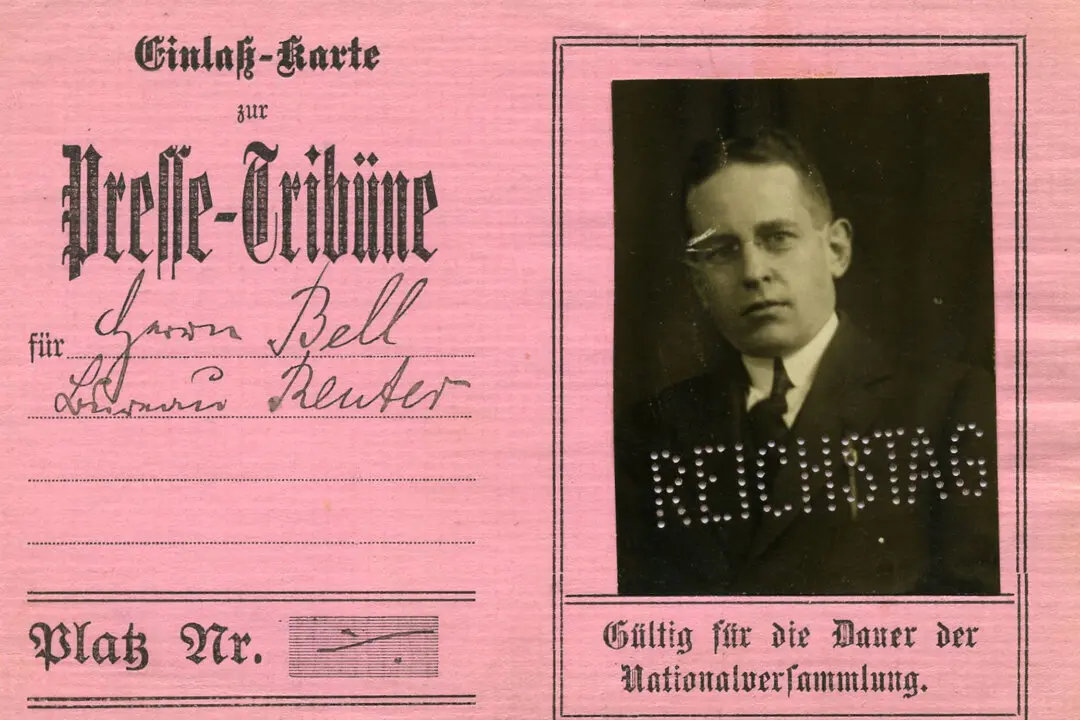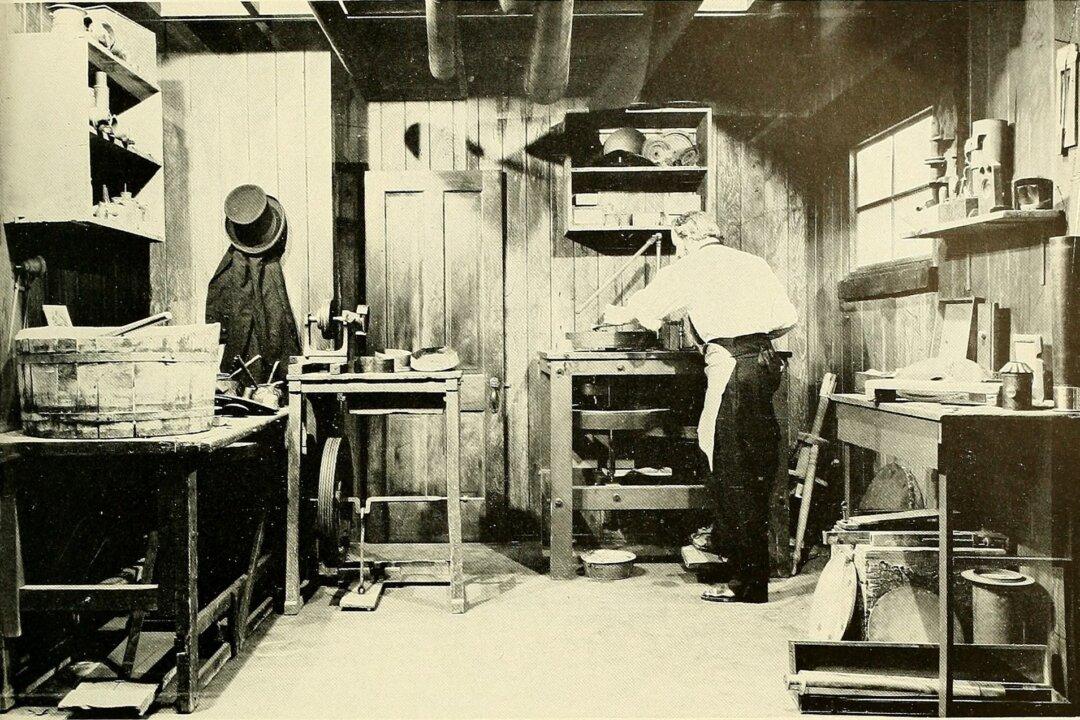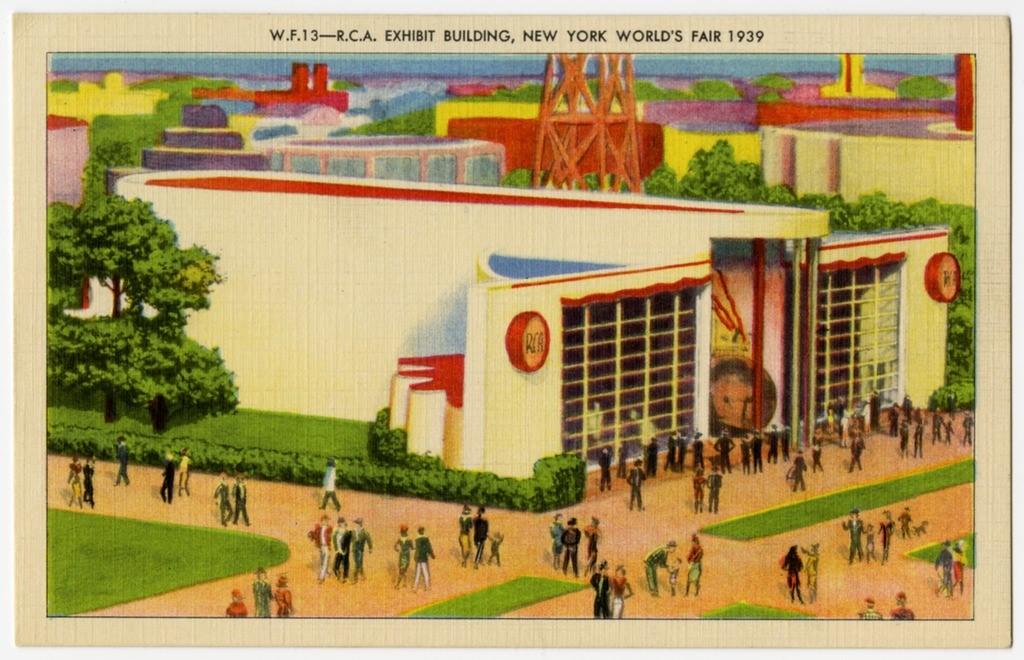The Civil War had raged for seven months, but its worst battles were yet to come. Rev. M.R. Watkinson, a Pennsylvania minister, contemplated the very worst of possibilities that could arise from the Civil War and articulated his concerns in a letter to Salmon Chase, the Secretary of the Treasury.
Watkinson considered what archaeologists centuries in the future might think about America’s civilization when they unearthed remnants of the nation’s past. It wasn’t an unusual idea; the 19th century saw archaeology explode in popularity. Before Watkinson ever considered writing his letter, and well before the outbreak of the American Civil War, portions of the ancient civilizations of Egypt, Assyria, and Babylon had been rediscovered.
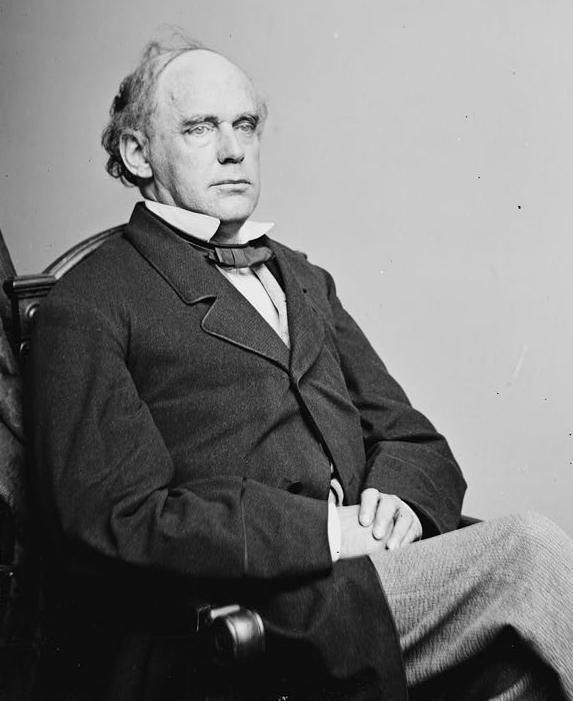
“Would not the antiquaries of succeeding centuries rightly reason from our past that we were a heathen nation?” he inquired, making a direct reference to the “goddess of liberty” which had become a prominent American symbol and was minted on U.S. coins. “One fact touching our currency has hitherto been seriously overlooked. I mean the recognition of the Almighty God in some form in our coins.”
Reaching the Right Person
The minister knew he was addressing a fellow Christian by writing Chase. Shortly after receiving Watkinson’s letter, Chase wrote to James Pollock, the recently appointed director of the U.S. Mint.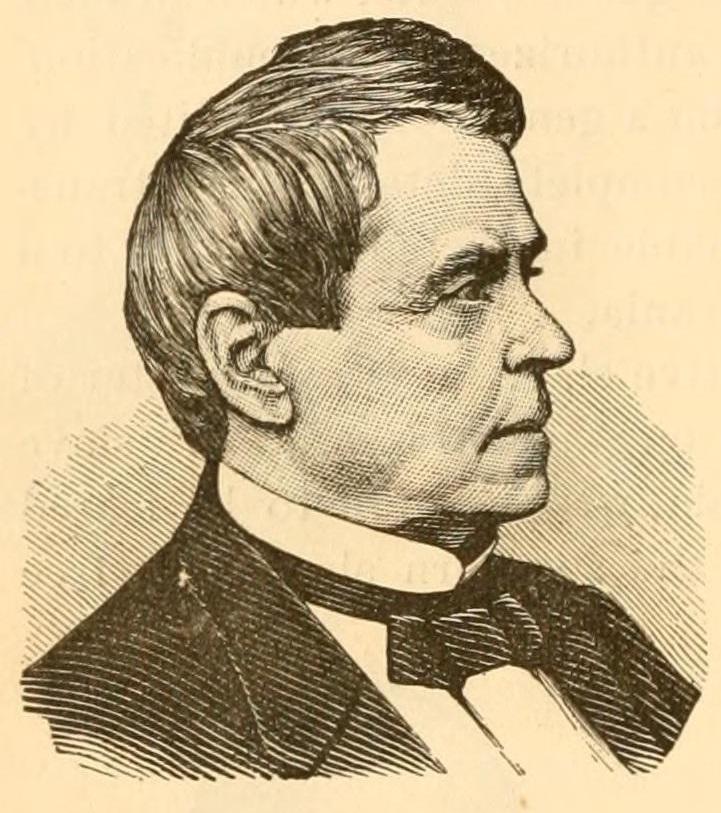
Pollock presented his ideas to Chase in December of 1863. He made two recommendations: “Our Country; Our God” and “God, Our Trust.” Both were terse, but apparently a little too much so. Chase tweaked the phrase slightly.
In the Hands of the Treasury
It was during this week in history, on April 22, 1864, that the 38th Congress passed the Coinage Act of 1864, which provided that “the shape, mottoes, and devices of said coins shall be fixed by the director of the mint, with the Approval of the Secretary of the Treasury.”With the new motto approved by Chase and by Congress, it made its debut later in 1864 on the two-cent coins. On March 3, 1865, Congress approved the U.S. Mint “to place the motto on all gold and silver coins that ‘shall admit the inscription thereon.’”
The national motto has maintained in place since 1864, though it has been disputed and reaffirmed from time to time. The penny maintained the motto since 1909 and the dime since 1916. Since 1908, the motto has been on all gold coins, silver dollar coins, half-dollars, and quarters.
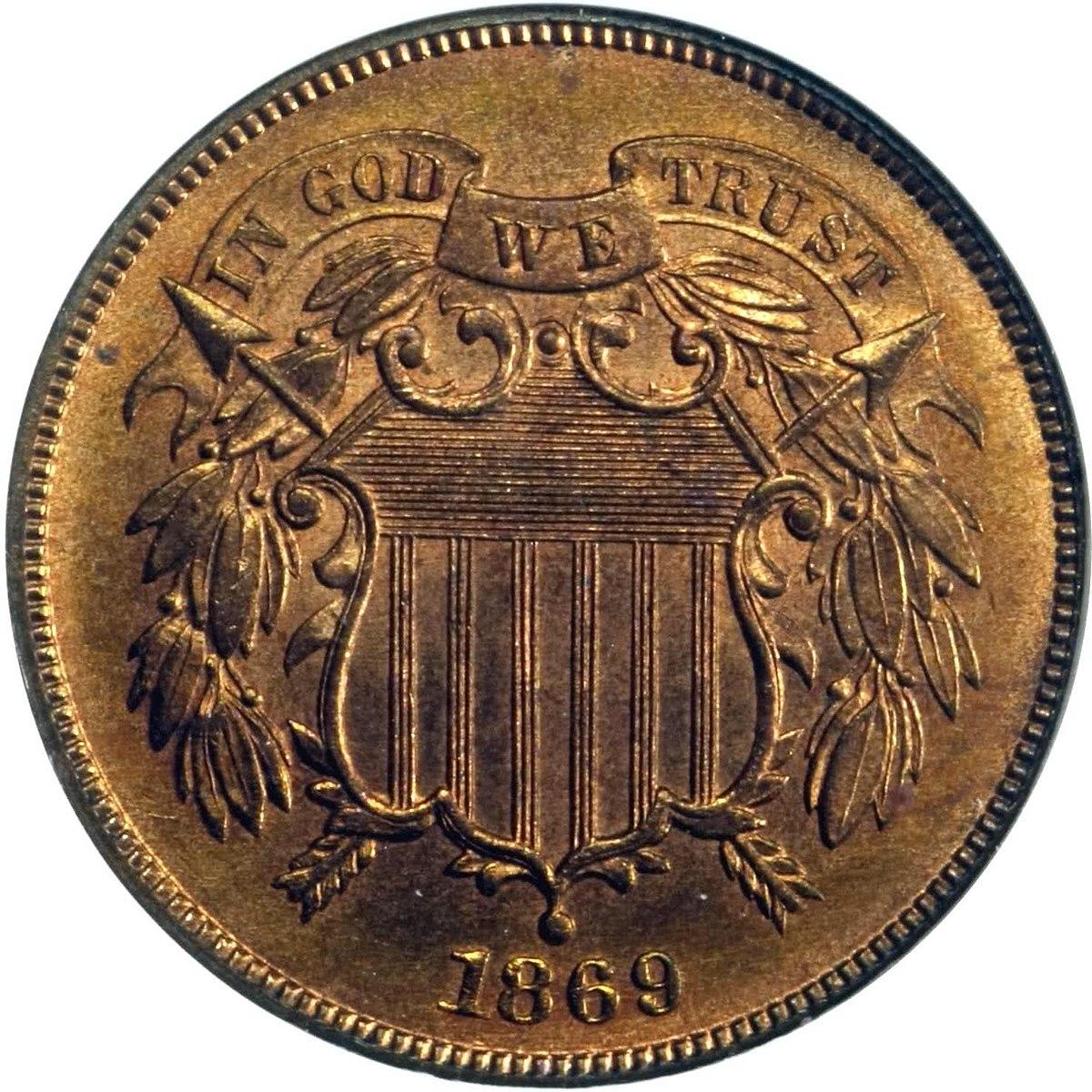
Unexpected Resistance
In 1907, the motto’s placement on currency encountered opposition from an unlikely source. President Theodore Roosevelt, who commissioned the relief artist Augustus Saint-Gaudens to design new eagle and double eagle coins, decided to leave the motto off. The public outcry was enough to have the motto continue on all future coins and force Roosevelt to explain his reasoning.“It is a motto which it is, indeed, well to have inscribed on our great National monuments, in our temples of justice, in our legislative halls, and in buildings such as those at West Point and Annapolis―in short, wherever it will tend to arouse and inspire a lofty emotion in those who look thereon. But it seems to me eminently unwise to cheapen such a motto by use on coins.”
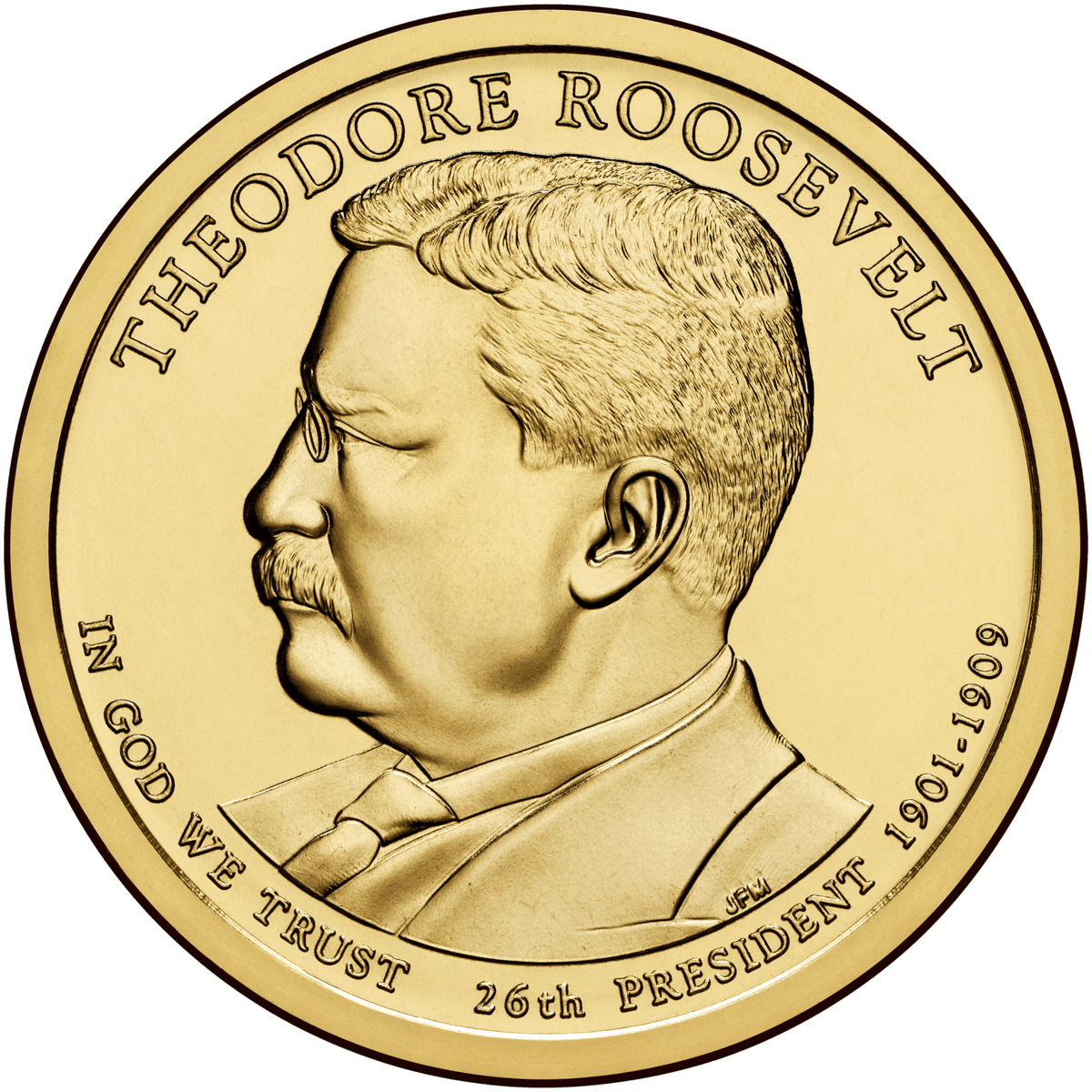
Motto Affirmation
Fifty years after Roosevelt’s relative goof, President Dwight D. Eisenhower signed a bill that ensured “the inscription ‘In God We Trust,’ and thereafter this inscription shall appear on all United States currency and coins” and confirmed it as the national motto. Rep. Charles Bennett, who first introduced the bill, argued that “when imperialistic and materialistic communism seeks to attack and destroy freedom, we should continually look for ways to strengthen the foundations of our freedom.” It was a direct reference to the Cold War struggle with the Soviet Union. “While the sentiment of trust in God is universal and timeless, these particular four words ‘In God We Trust’ are indigenous to our country.”In 2011, the House of Representatives presented a resolution “reaffirming ‘In God We Trust’ as the official motto of the United States and supporting and encouraging the public display of the national motto in all public buildings, public schools, and other government institutions, having considered the same, reports favorably thereon without amendment and recommends that the concurrent resolution be agreed to.” It passed in the House by a vote of 396 to 9.

